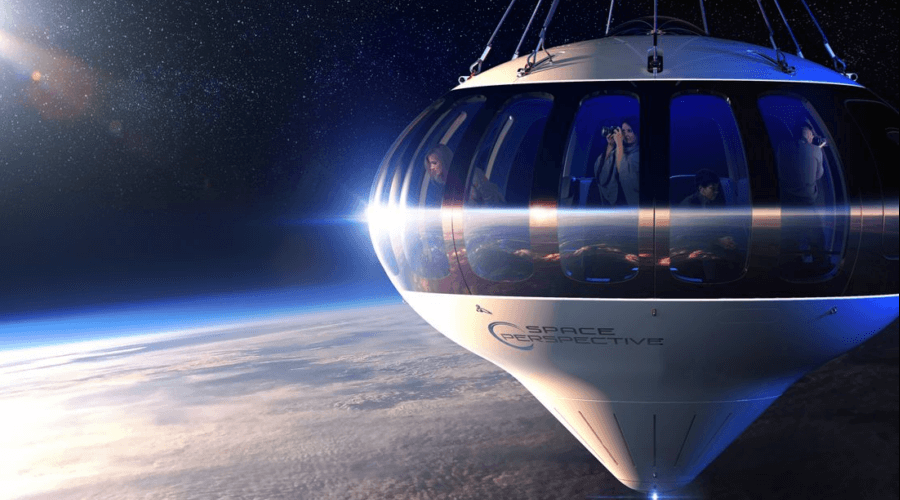Space tourism has long been a dream for adventurers and sci-fi enthusiasts alike. With companies like SpaceX, Blue Origin, and Virgin Galactic leading the charge, the reality of commercial space travel is closer than ever. But one major question remains: when will space tourism become affordable for the average person? In this article, we’ll explore the evolution of space tourism, current pricing, and future projections for making space travel accessible to all.
The Evolution of Space Tourism
Space tourism isn’t a new concept. The idea of civilians traveling beyond Earth’s atmosphere has been around since the early days of space exploration. However, it wasn’t until 2001 that the first space tourist, Dennis Tito, made history by paying $20 million for a trip to the International Space Station (ISS) aboard a Russian Soyuz spacecraft. Since then, space tourism has remained an exclusive experience for the ultra-wealthy, with prices ranging from tens to hundreds of millions of dollars.
In recent years, private companies have accelerated the development of commercial space travel. Virgin Galactic, founded by Richard Branson, has focused on suborbital space tourism, offering short yet thrilling experiences at the edge of space. Jeff Bezos’ Blue Origin and Elon Musk’s SpaceX are also making significant strides, with SpaceX leading the way in orbital tourism through its Crew Dragon missions.
The Current Cost of Space Travel
Despite advancements, the cost of space tourism remains out of reach for most people. As of 2025, here’s a breakdown of what various companies charge for a ticket:
- Virgin Galactic: $450,000 per seat for a suborbital flight
- Blue Origin: Estimated $200,000–$300,000 per seat for a suborbital trip
- SpaceX: Up to $55 million for an orbital trip to the ISS
- Axiom Space: Around $50 million for private astronaut missions to the ISS
While these prices are significantly lower than the $20 million price tag of the early 2000s, they are still far from affordable for the average person. However, with technological advancements and increased competition, prices are expected to decrease in the coming years.
When Will Space Tourism Become Affordable?
The timeline for affordable space tourism depends on several key factors:
1. Advancements in Technology
As technology improves, the cost of building and launching spacecraft will decrease. Reusable rockets, pioneered by SpaceX, have already reduced launch costs significantly. Future innovations in propulsion systems, materials, and automation could further drive down expenses.
2. Increased Competition
With more companies entering the space tourism market, competition will naturally lead to lower prices. Companies like Space Perspective are even developing high-altitude balloon flights to give passengers a space-like experience at a fraction of the cost.
3. Scaling Up Operations
Currently, space tourism is limited to a few high-paying customers per launch. As demand grows and more spacecraft become operational, economies of scale will reduce costs. Just as commercial airline travel became more affordable with larger planes and frequent flights, space tourism will follow a similar trend.
4. Government and Private Investment
Government agencies like NASA and private investors are heavily funding space travel research. As infrastructure improves, costs will decline. Additionally, future partnerships between private space companies and commercial airlines could introduce more affordable spaceflight options.
Predictions for Affordable Space Travel
Experts predict that by 2030, suborbital space tourism could become accessible to the upper middle class, with ticket prices dropping to around $50,000. By 2040, prices could fall to under $10,000, making space tourism a viable vacation option for many.
Orbital space tourism, on the other hand, will take longer to become affordable. While prices may drop below $1 million per seat by 2035, true affordability will require decades of technological advancements.
Future Possibilities: Space Hotels and Lunar Tourism
The long-term future of space tourism includes space hotels, moon vacations, and even Mars trips. Companies like Orbital Assembly Corporation are already developing space hotels that could become operational within the next decade. Lunar tourism, spearheaded by SpaceX’s Starship, could become a reality by 2050, allowing travelers to experience the Moon firsthand.
Conclusion
Space tourism is no longer a fantasy—it’s happening now. While current prices remain high, advancements in technology, competition, and investment will make space travel more affordable over time. By 2030, suborbital trips could become within reach for many, and by 2040, space tourism may be as common as luxury cruises today. Until then, aspiring space tourists can keep dreaming and watching as the industry evolves at an unprecedented pace.
You would like to also read Here about article.




